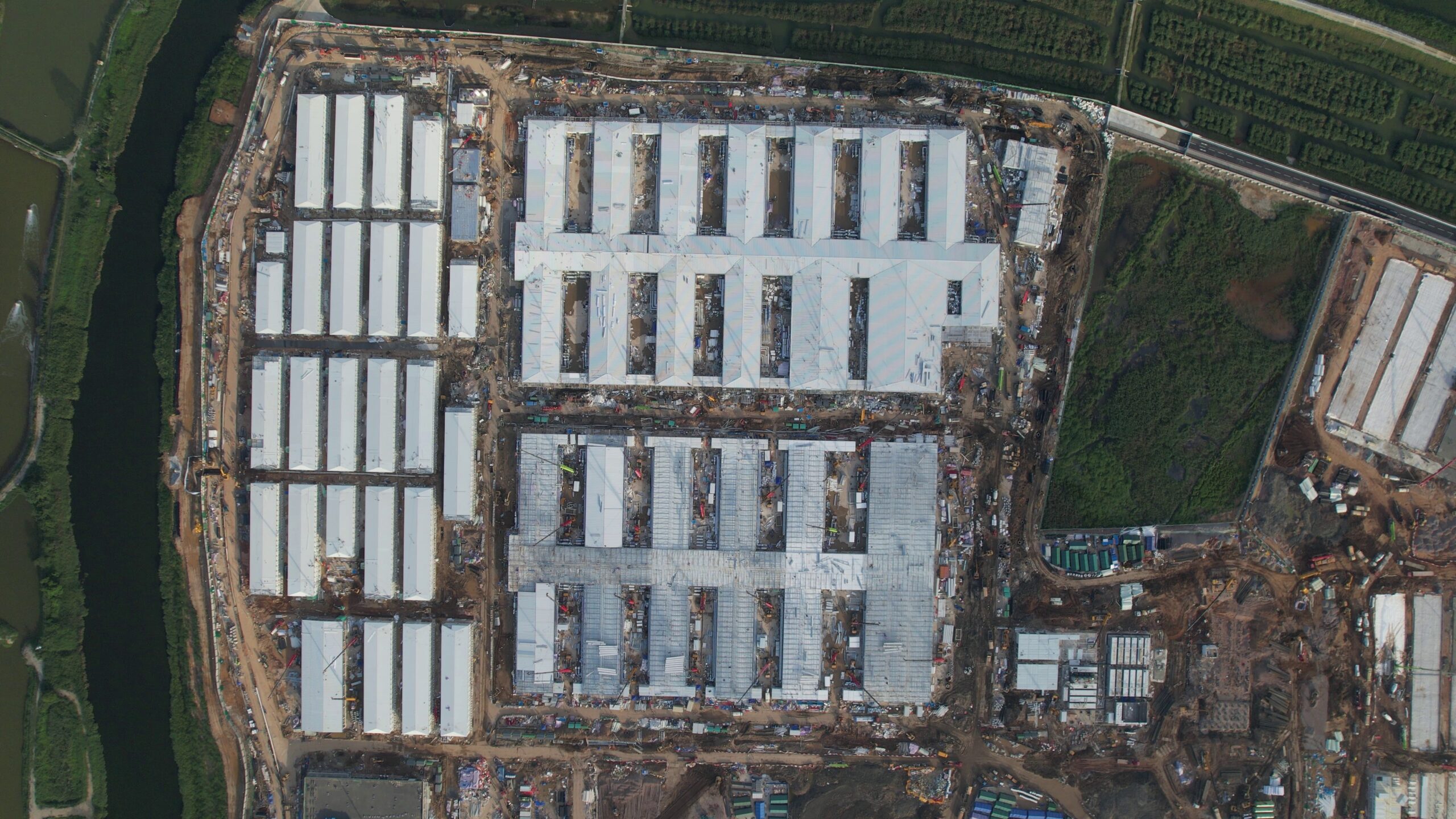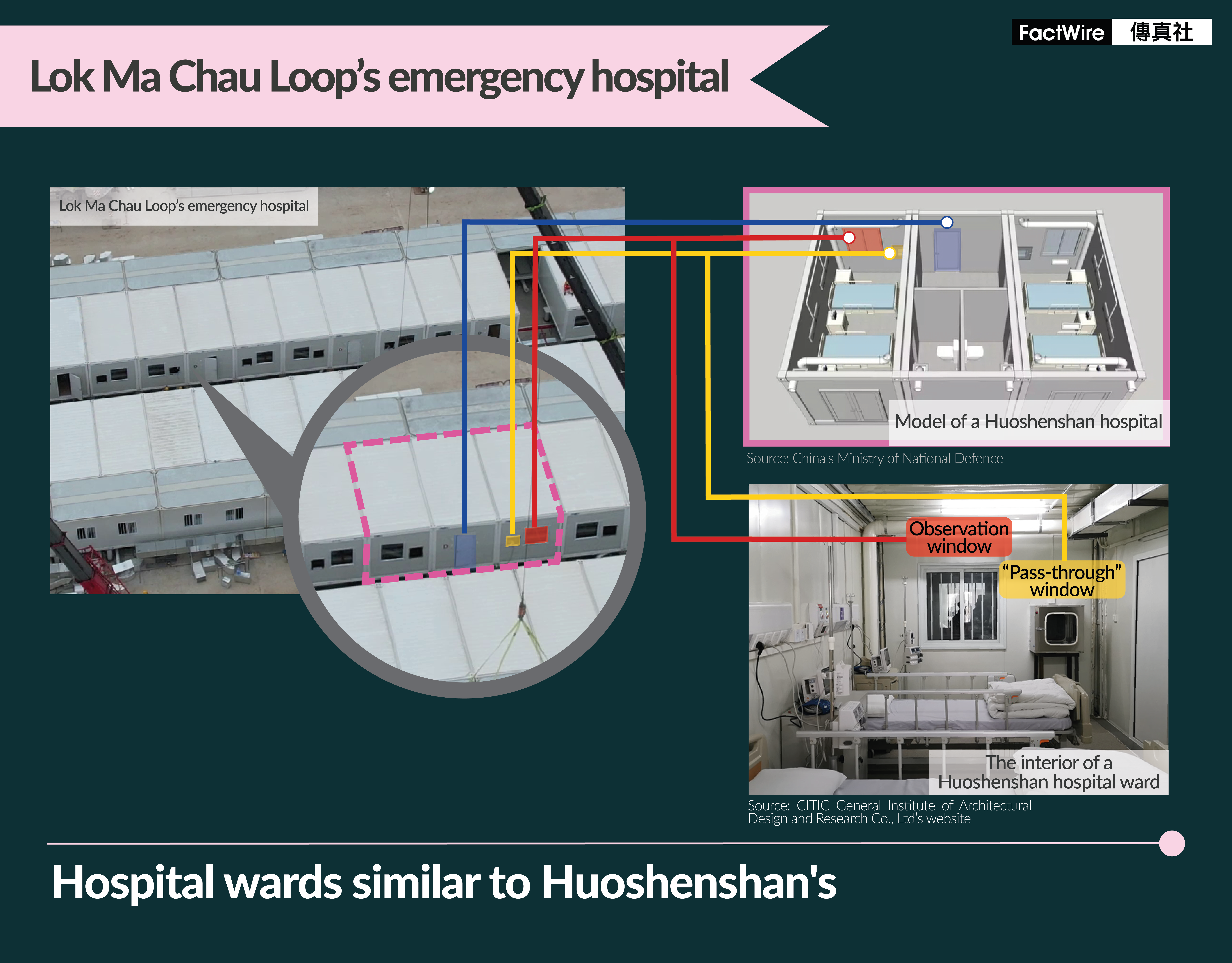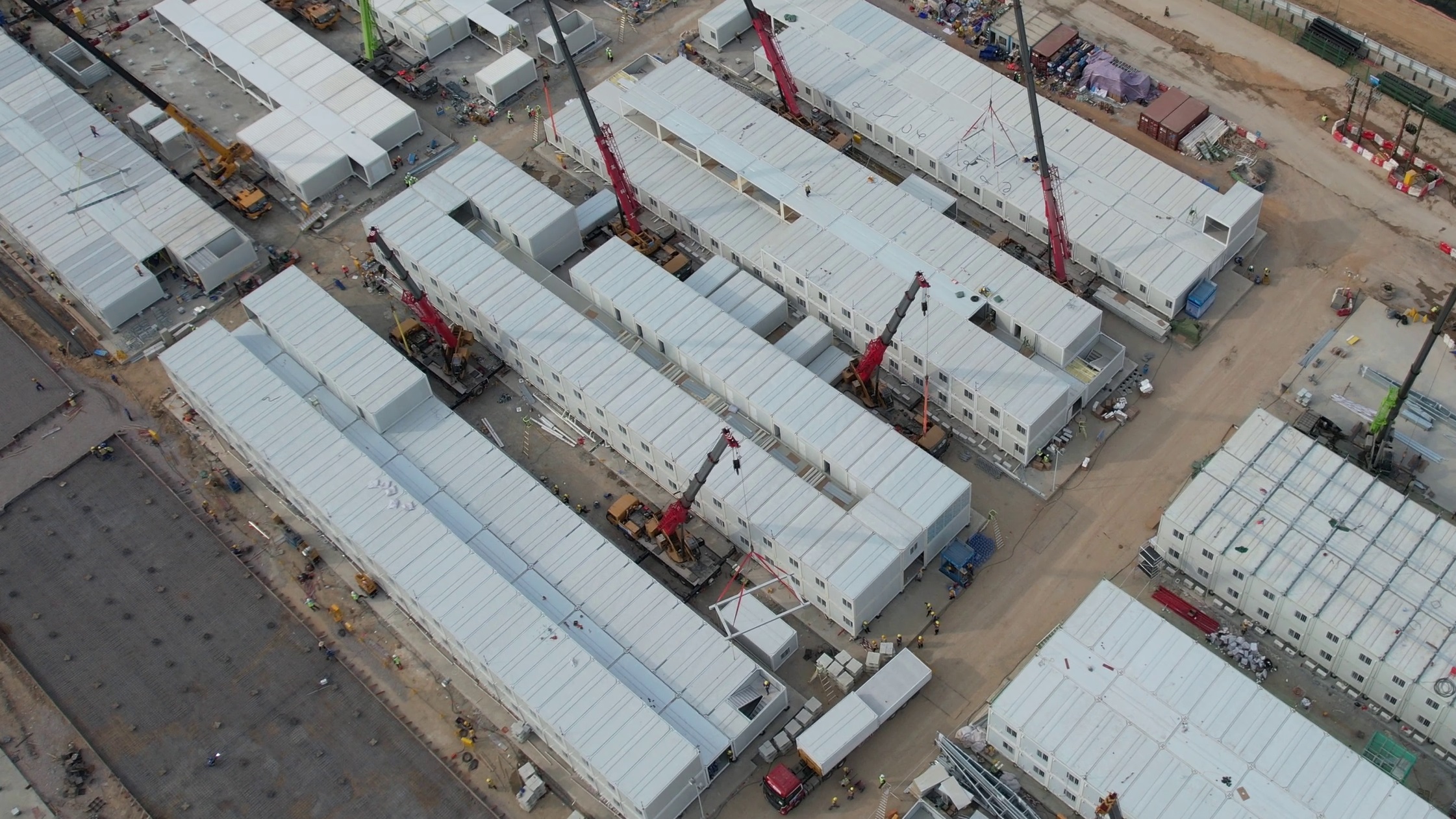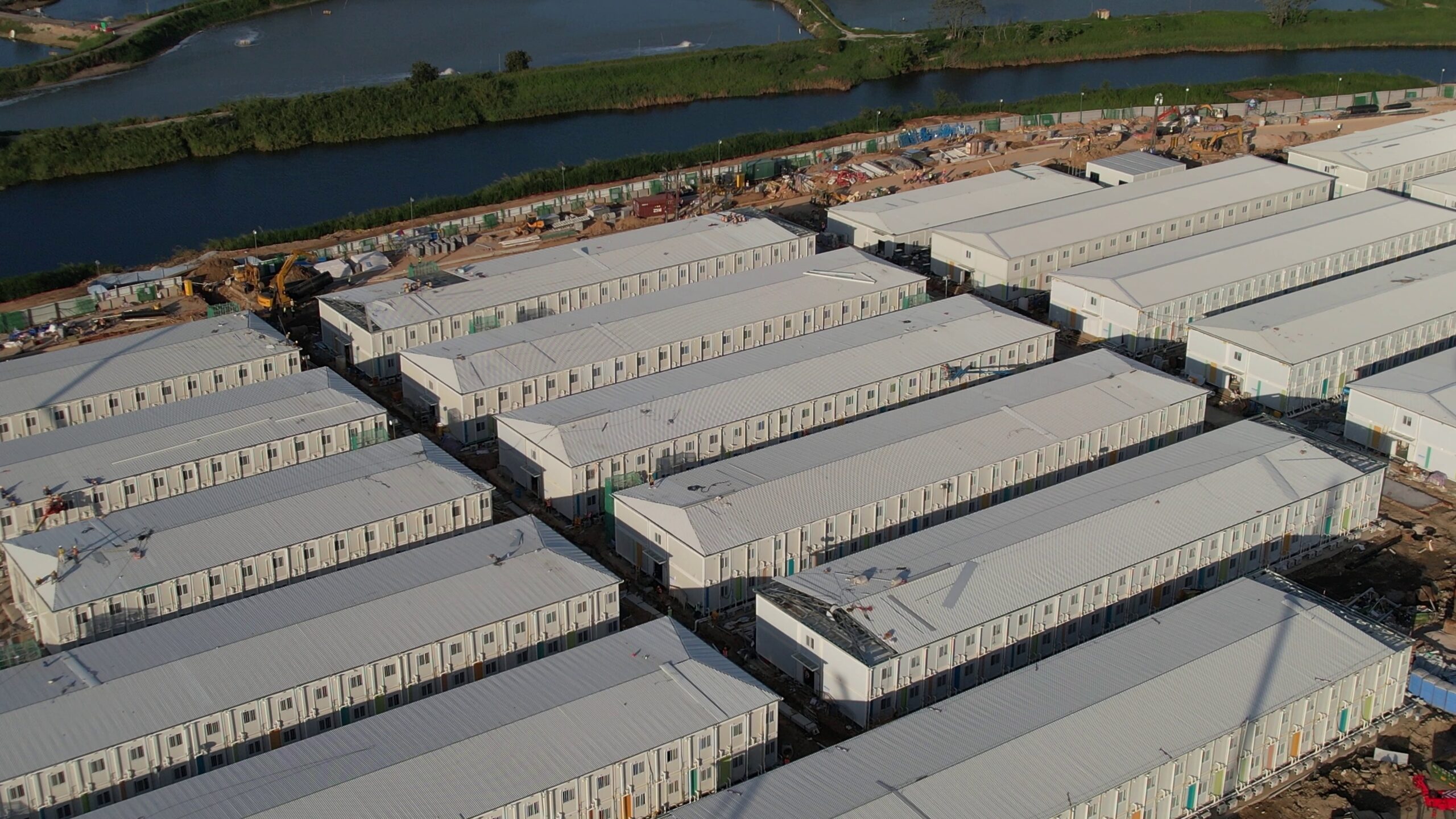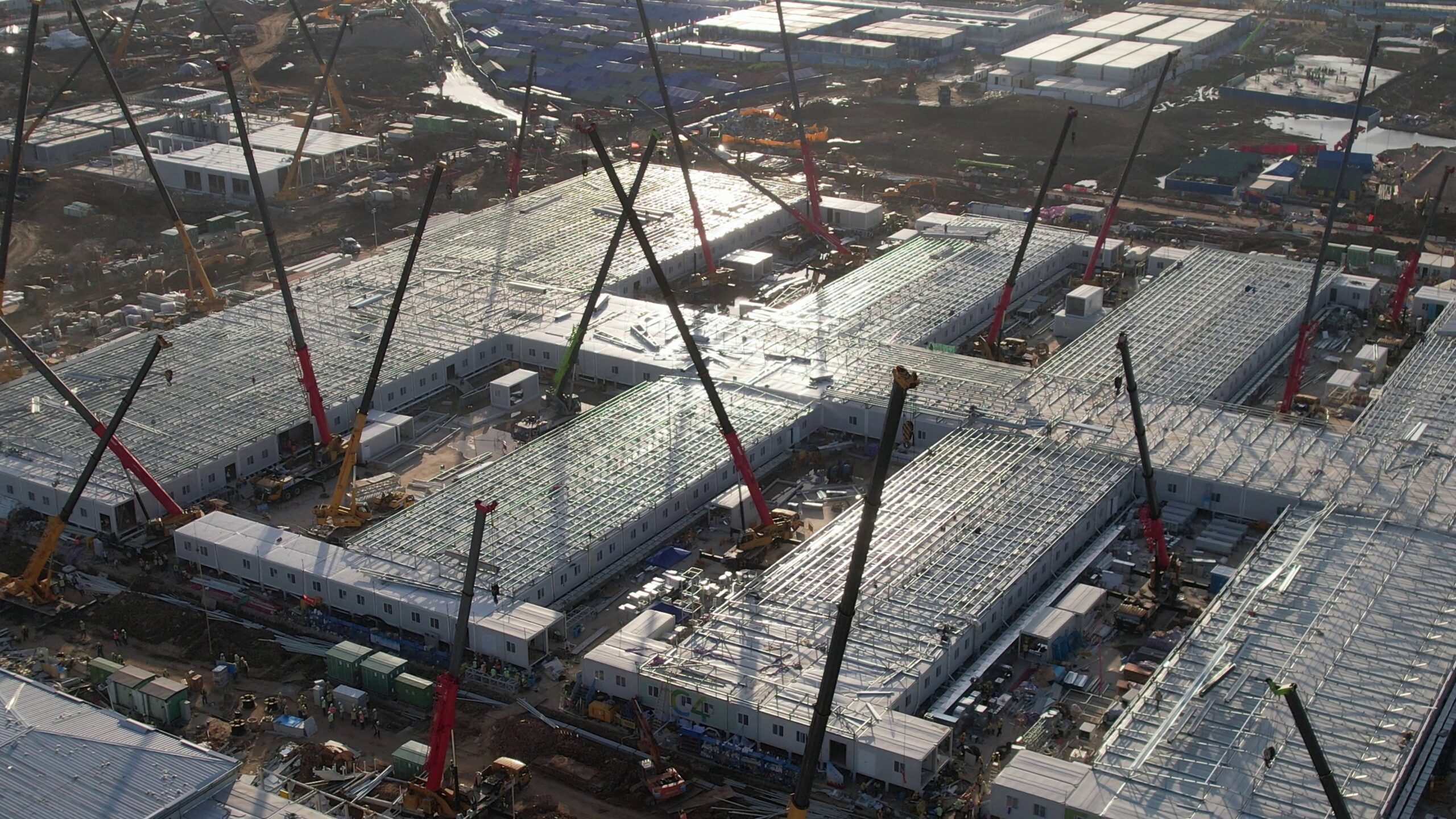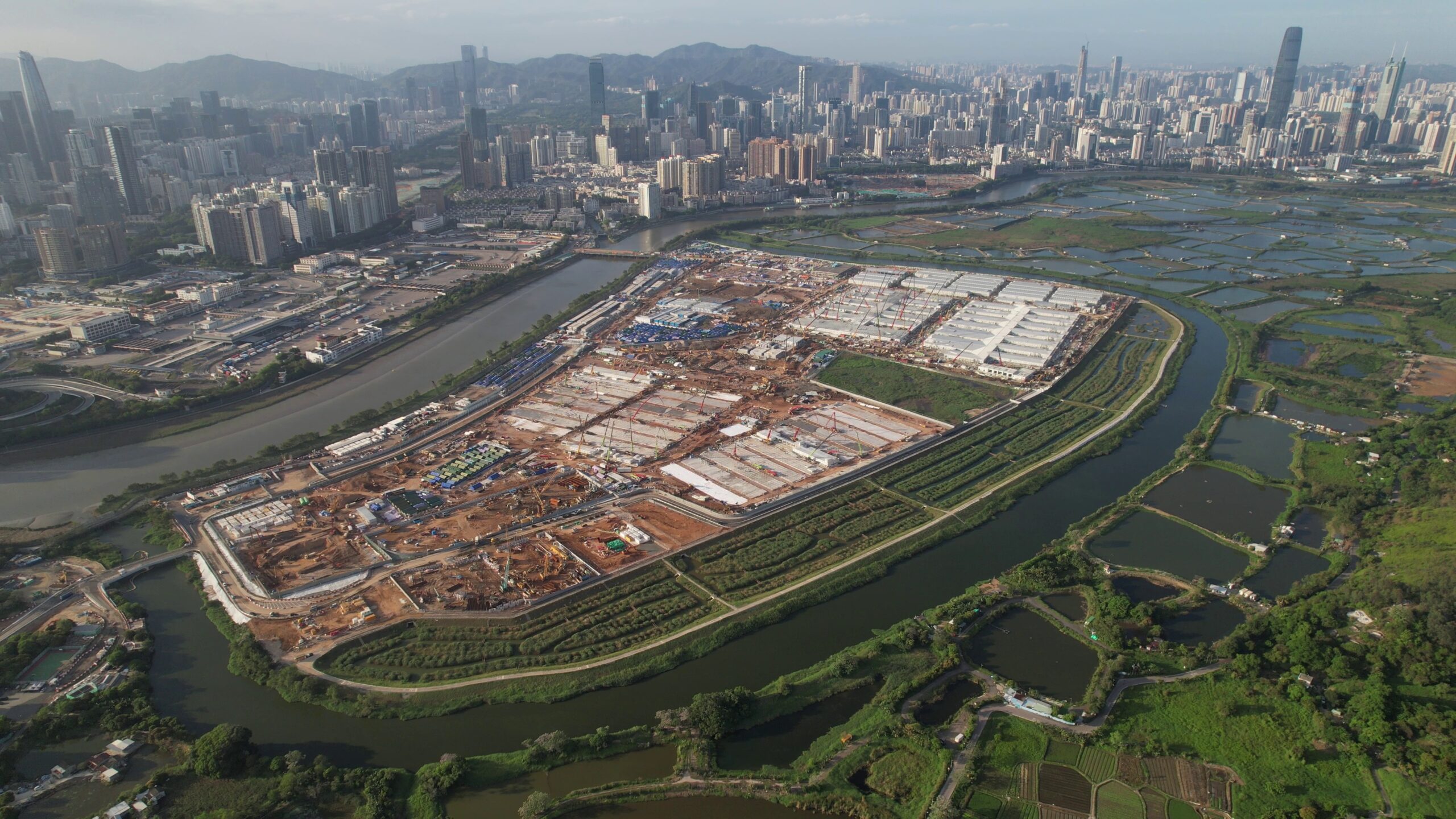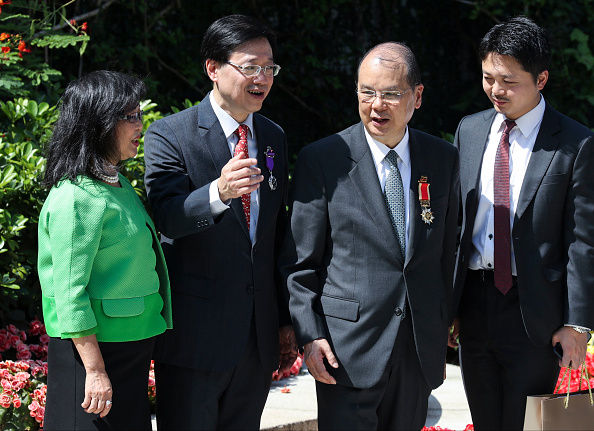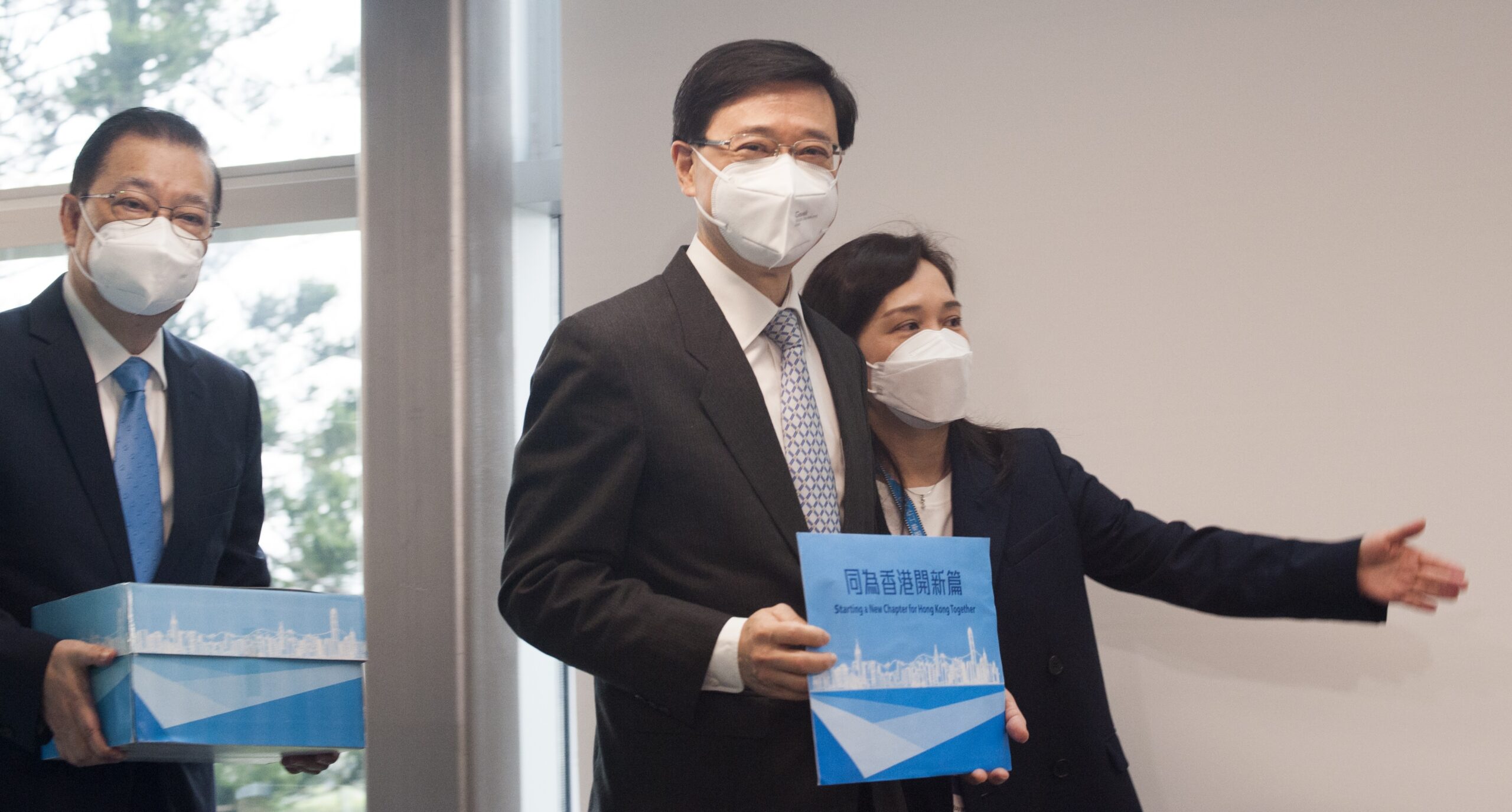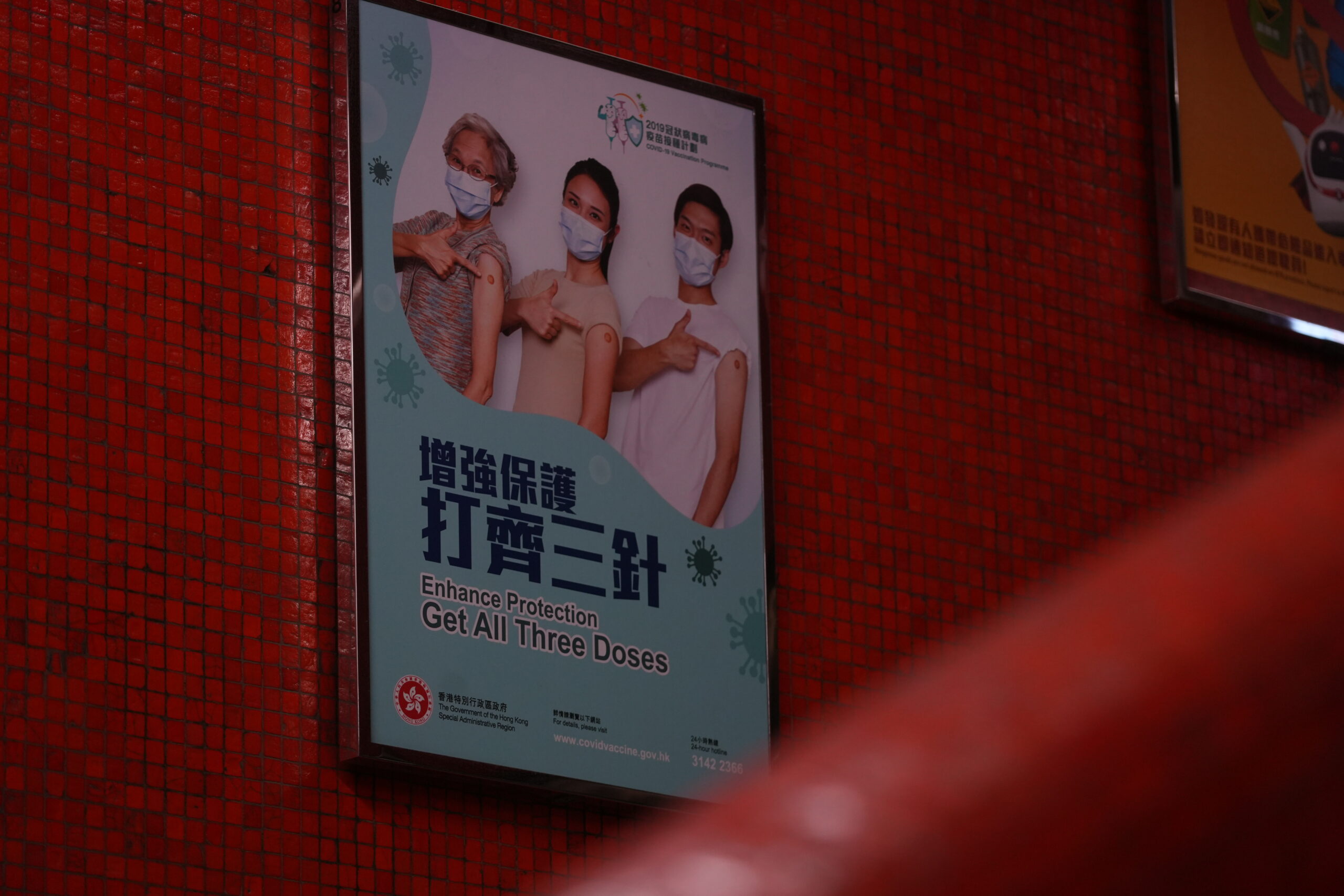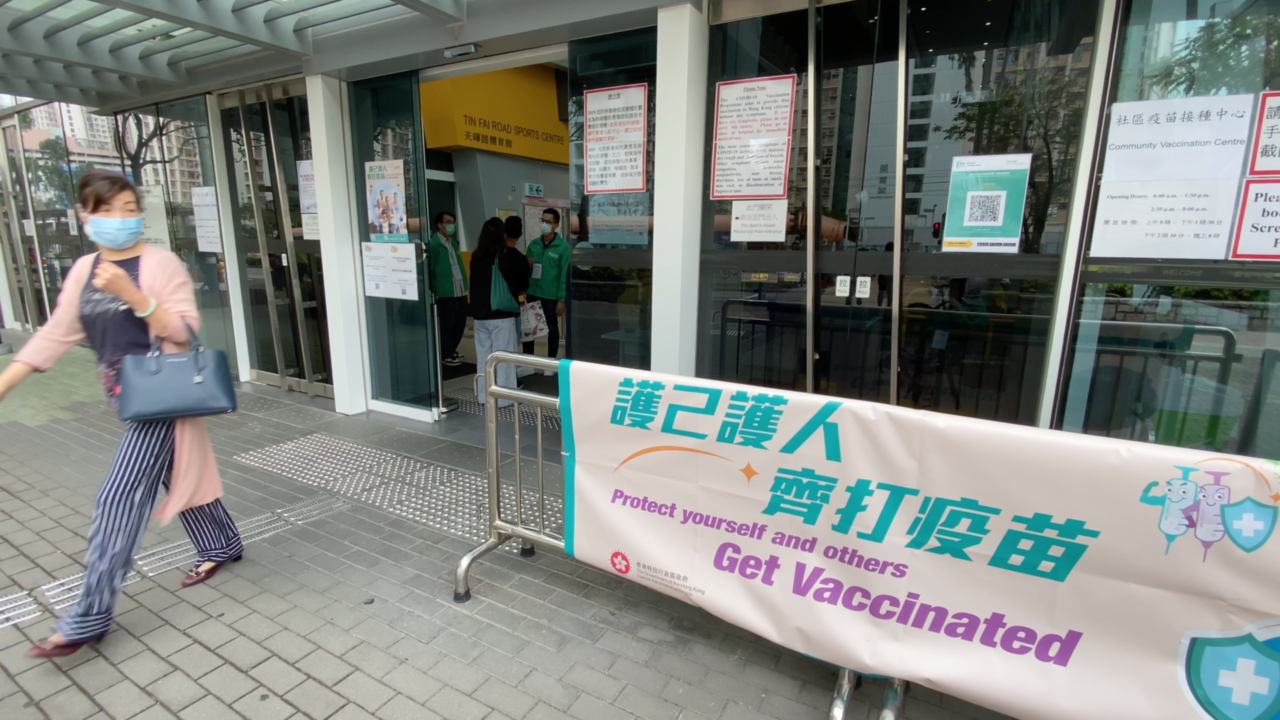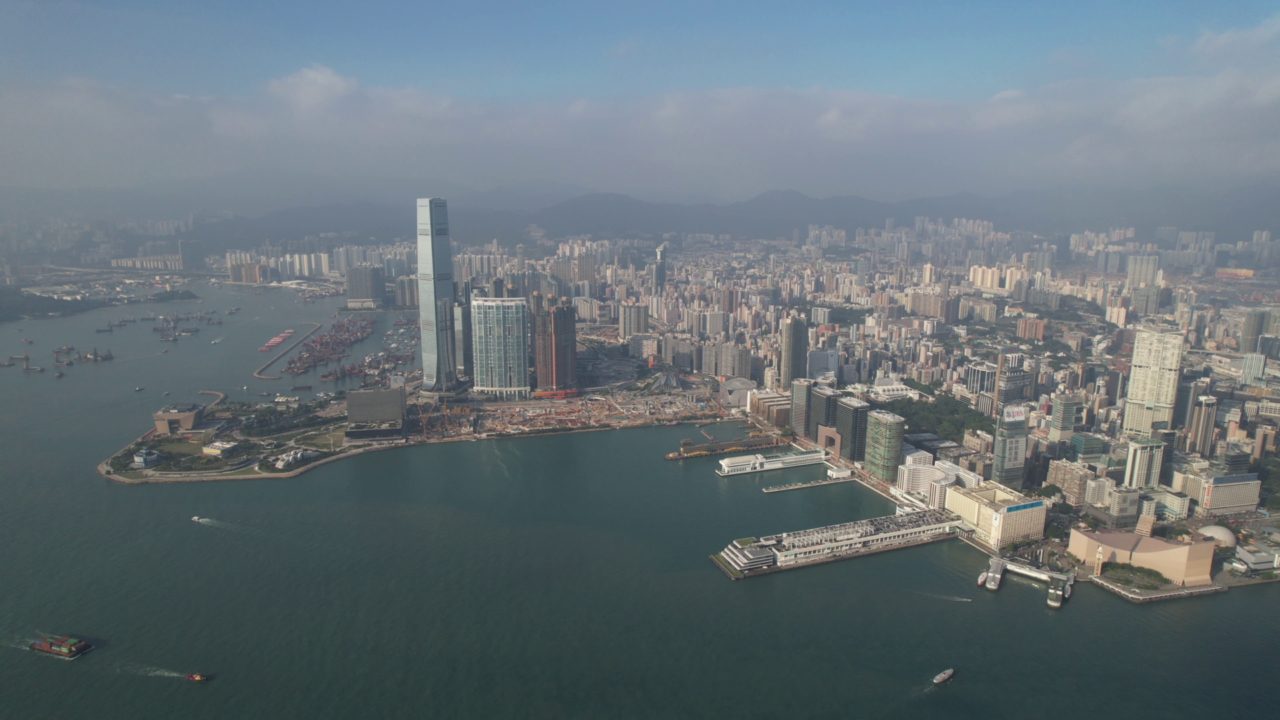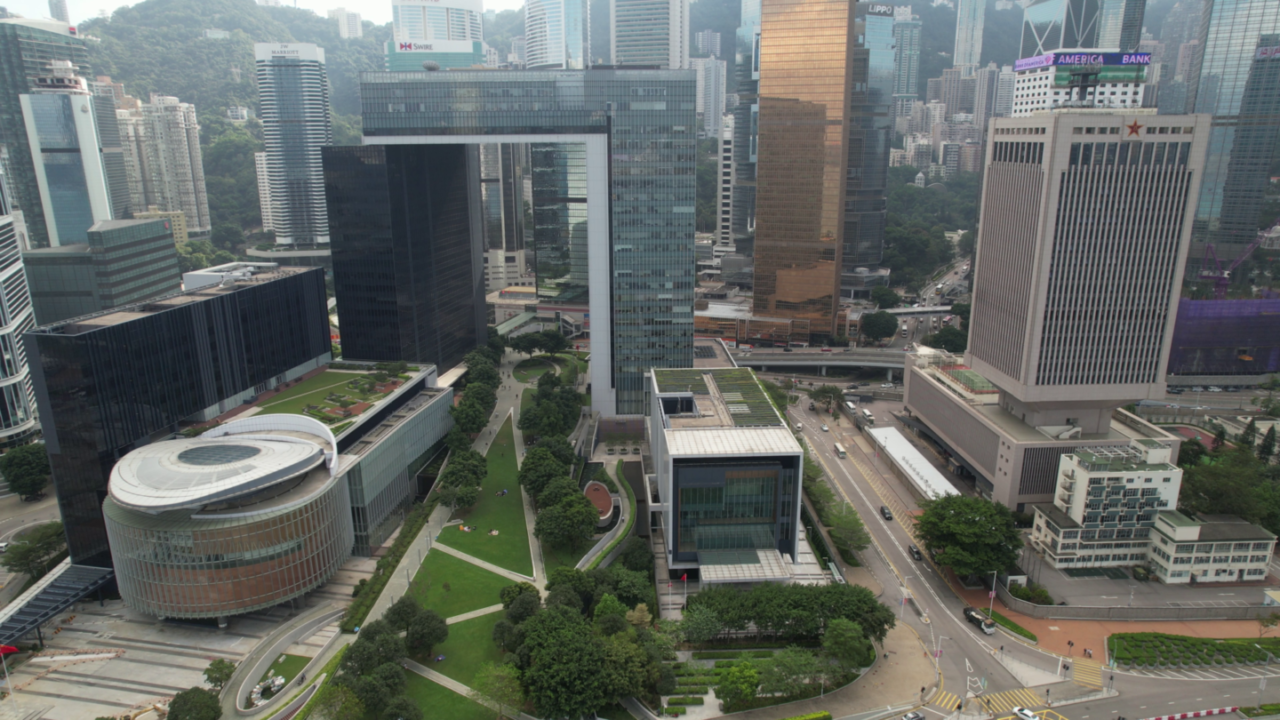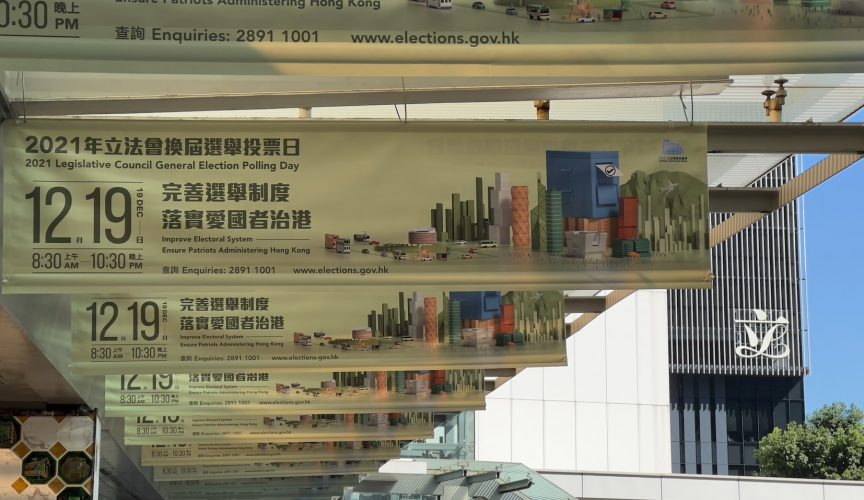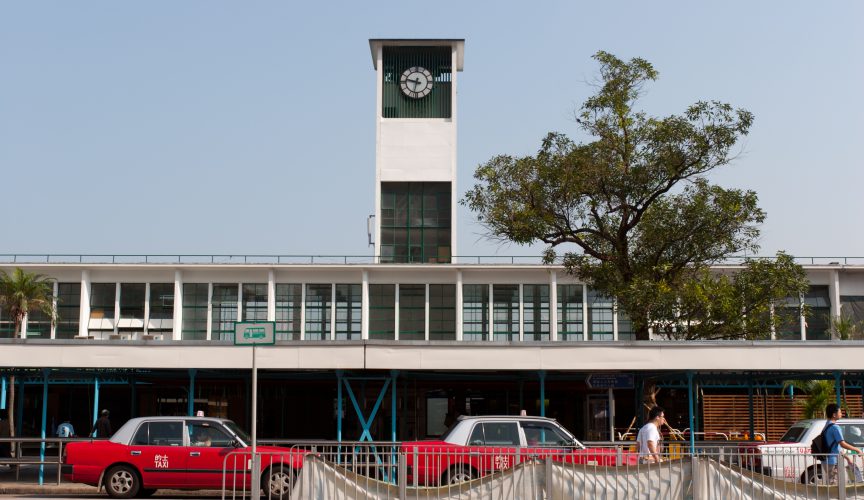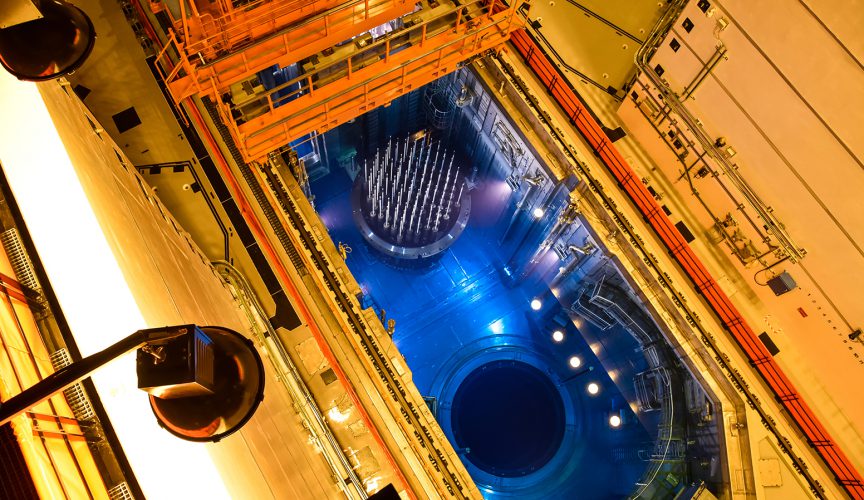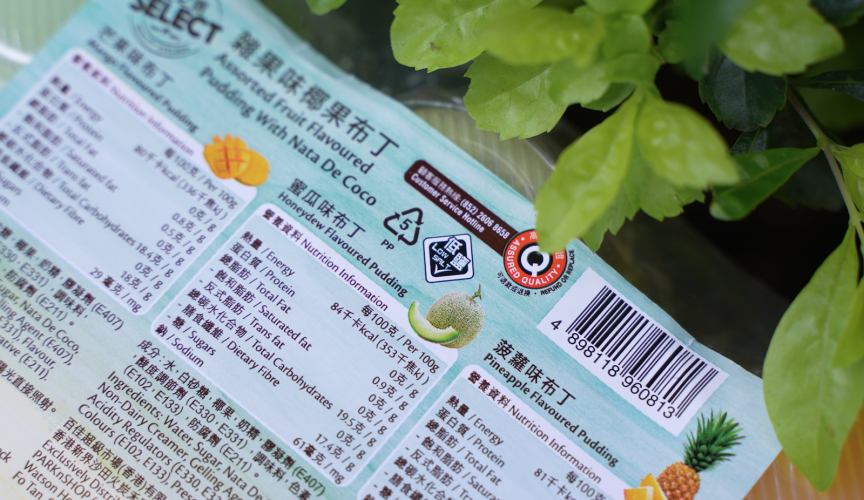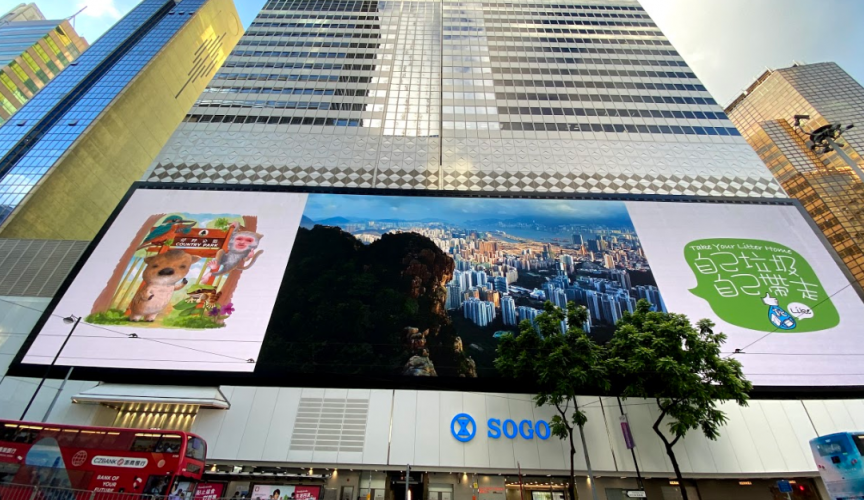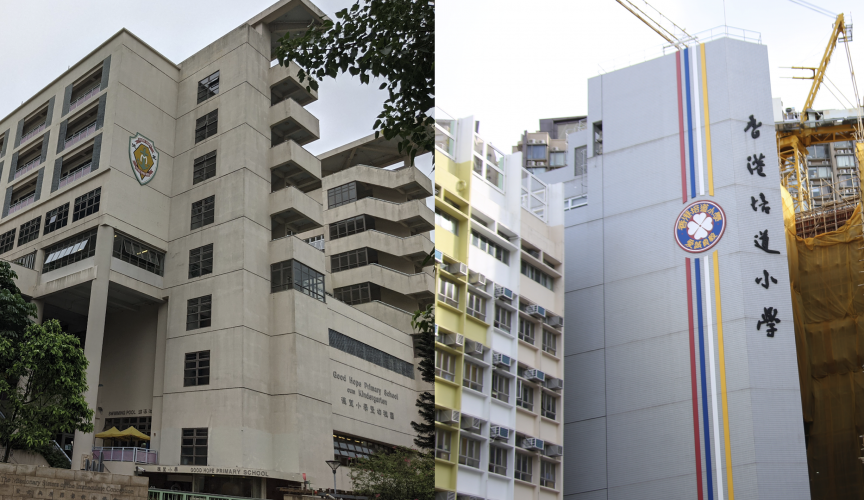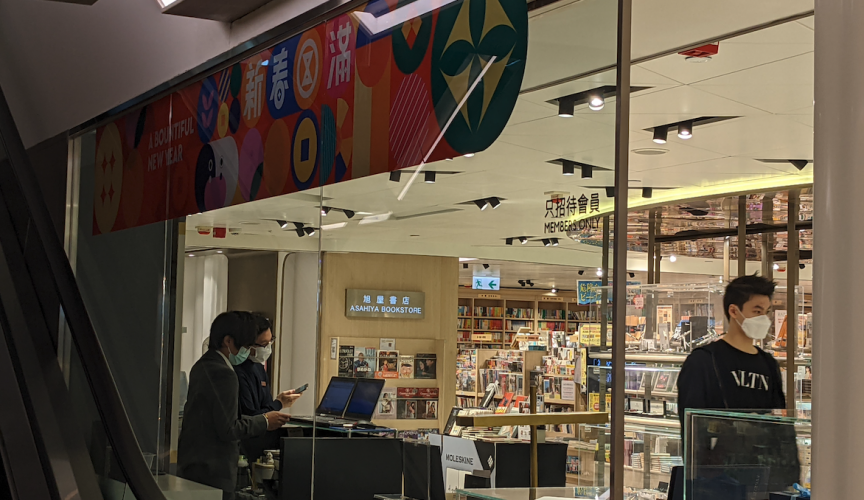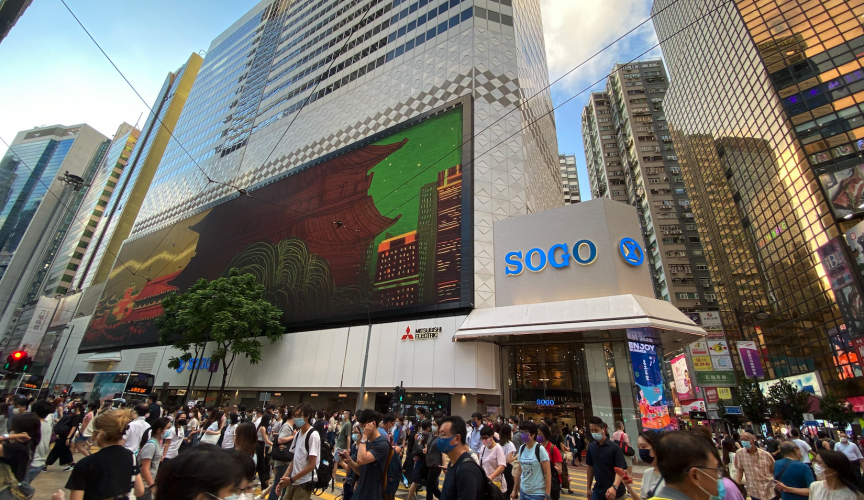As the number of confirmed COVID-19 cases gradually fall in Hong Kong, authorities continue construction on a large “container hospital”. As of today, Factwire has observed that the layouts of the “container hospital” and quarantine facilities apparently do not allow direct egress from rooms to the outdoors.
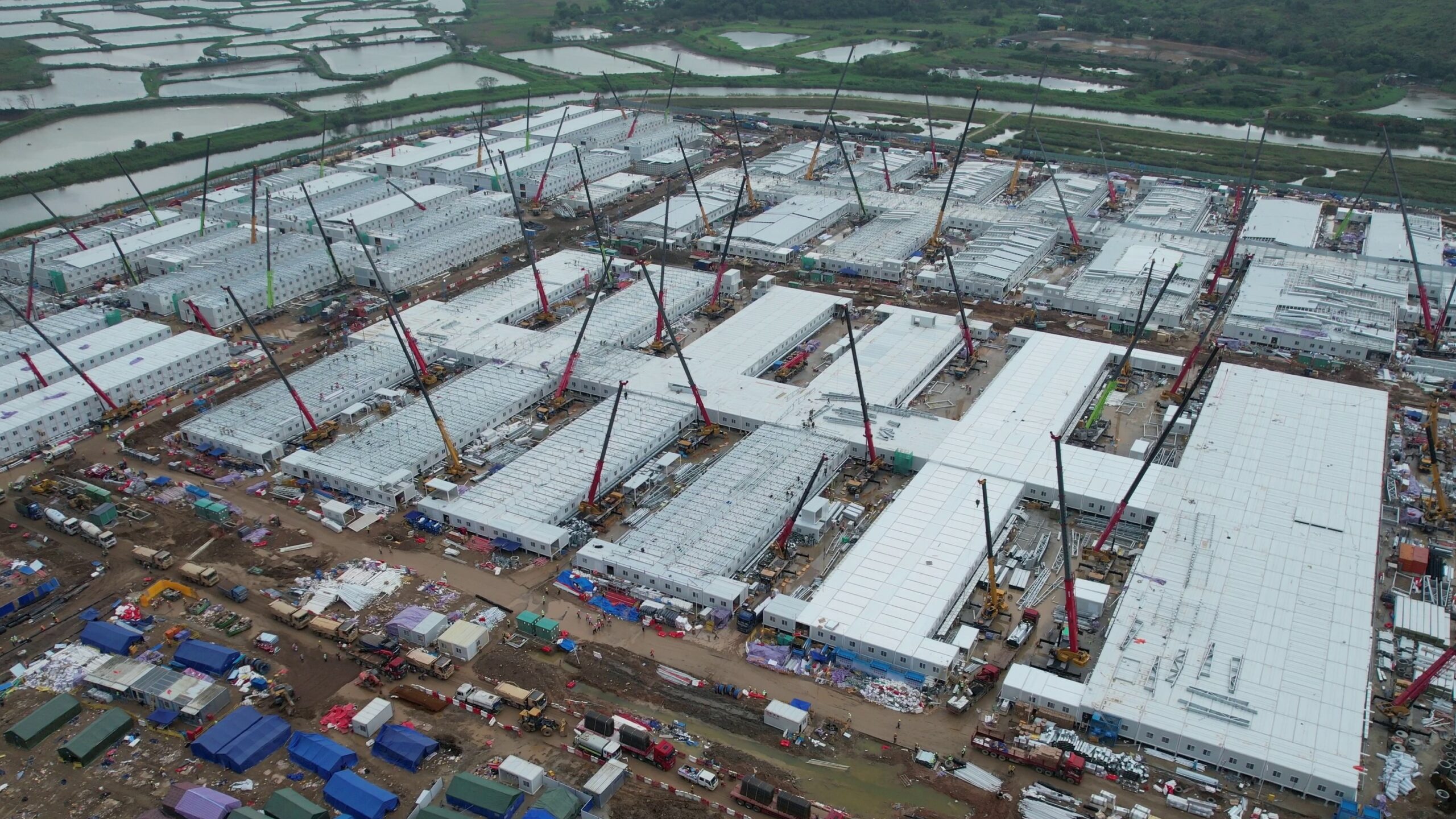
The architecture and layout of the facilities bear a distinct resemblance to Wuhan’s Huoshenshan and Leishenshan hospitals, where patients are quarantined in double rooms with shared toilet facilities, and are attached to, inter alia, a common operating room, ICU department, and computed tomography (CT) rooms. This appears to be the first instance of the Huoshenshan/Leishenshan(火神山/雷神山) blueprint being used to build a structure in Hong Kong.
The Secretary for Food and Health Sophia Chan had expressed earlier, via an online publication, that the Lok Ma Chau Loop facility would be staffed and operated by medical personnel from mainland China.
The government announced in early March that the Lok Ma Chau facility, scheduled to begin operation in April of 2022, would comprise some 1,000 hospital beds and allow an occupancy of 10,000 quarantined individuals.
Wen Wei Po reported yesterday that the construction was slated to be completed on April 5, 2022 and that the finished facility would contain three operating rooms and 100 ICU beds. The Chinese government appointed the China Construction Science and Industry Corporation – the same firm that built the Huoshenshan and Leishenshan facilities in Wuhan – to the project in Lok Ma Chau Loop.
The HKSAR government invoked emergency powers under COVID-19 legislation to allow the firm and its persons in charge to be exempted from a number of Hong Kong laws, allowing for a temporary bridge to be built connecting Lok Ma Chau and Shenzhen territory, thus facilitating the transportation of building materials and construction workers.
The facility is being built in the east of the Lok Ma Chau Loop, and comprises three major parts. The first part is a two-storey container style building, which other media outlets have described as a complex with the hospital’s office, a management hall and dormitories for medical staff. FactWire’s count of windows in the structure suggests that it will contain 22 container rooms per floor. An online video shows that the exterior-facing windows of these rooms are equipped with vertical bars and window grilles.
The second part is a single-storey complex shaped like the trunk of a fish skeleton, split into north and south buildings, which will become, collectively, an emergency hospital set to be completed in two phases. Pipes and foundations for these two parts of the site had been laid by the end of March. Roofing is currently being installed.
The third complex is situated in the west of the central part of the site. Three sites in that area are being leveled at the moment, each consisting of eight to nine rectangular cement floors that are as wide as the containers forming part of the construction of the emergency hospital. Some of them have yet to dry out, while some have already begun to have containers installed upon them.
A mainland media outlet had previously reported that the third part would serve as a quarantine facility. FactWire has observed a corridor running through the middle of the whole building. The windows of these container rooms face the outside while the door leads to the interior corridor, meaning that unlike in other Hong Kong isolation facilities, individuals quarantined at Lok Ma Chau Loop will have no direct access to the exterior of the building. It is thought that access to the exterior is only possible via shared corridors in the building. The existence of stairs in some containers suggest that the finished building will contain more than one storey.
Quarantine facilities in Tsing Yi, Fanling and San Tin do not contain ensuite bathrooms; quarantined individuals must leave their rooms to use shared bathrooms or toilets. There are also designated areas for quarantined individuals to leave their rooms to engage in outdoor activities. Whether this will remain true for the Lok Ma Chau facility will likely depend on administrative decisions made for the facility.
Wuhan’s Huoshenshan hospital was completed in February 2020. Hubei’s provincial government, at the time, issued a document titled, “Preliminary Guidelines for the Design of Temporary Medical Facilities for the Containment of Contagious Respiratory Diseases”. China Construction Third Engineering Bureau, a subsidiary of China Construction Science and Industry Corporation and the CITIC General Institute of Architectural Design and Research, helped draft the guidelines with reference to “the basis of practical experience obtained from the operation of Wuhan’s Huoshenshan and Leishenshan hospitals”, to provide “basic principles” for the establishment and location choice of similar emergency hospitals.
It is clear from the aforementioned guidelines and other data gleaned from Wuhan that the skeleton frame of the Lok Ma Chau Loop fishbone-shaped emergency hospital bears similarities to the Wuhan Huoshenshan and Leishenshan facilities. Block Two, in the north, currently in the process of being paved, appears to contain a central corridor that runs from the east to the west of the interior. That corridor splits into five smaller corridors on each side, and each of those smaller corridors contains two rows of hospital rooms. Block One in the south, the construction of which appears to be seeing greater progress, contains a similar central corridor running east to west. A size estimation using the ostensibly standard-sized containers used in the construction suggests that Block One’s corridor contains four and seven branches of hospital wards on each side. The entire structure is raised from the ground on a frame to facilitate the laying of water and waste pipes.
In addition, both blocks of the emergency hospital contain a particularly large container space. The blueprints for the Huoshenshan and Leishenshan hospitals that are included with the Guidelines suggest that these spaces will serve as intensive care units, X-ray rooms, and computed tomography (CT) rooms.
According to a CITIC General Institute of Architectural Design and Research document titled “Interpretation of Key Points of Hubei Provincial Local Standard (DB42/T1616-2021) for Design Specifications for Large-scale Public Facilities in Peacetime and Warfare”, Huoshenshan hospital wards are built in parallel pairs, surrounded and separated by three corridors. The inner corridor is a “medical corridor” for the exclusive use of medical staff, and the outer two are “patient corridors”, for the use of patients. The corridors also feature separate entrances and exits as prophylaxis against cross-infection. Since the wards are surrounded by corridors, the ward windows at either end can only see into the hospital corridors, and there appear to be no windows that open directly to the exterior of the facility.
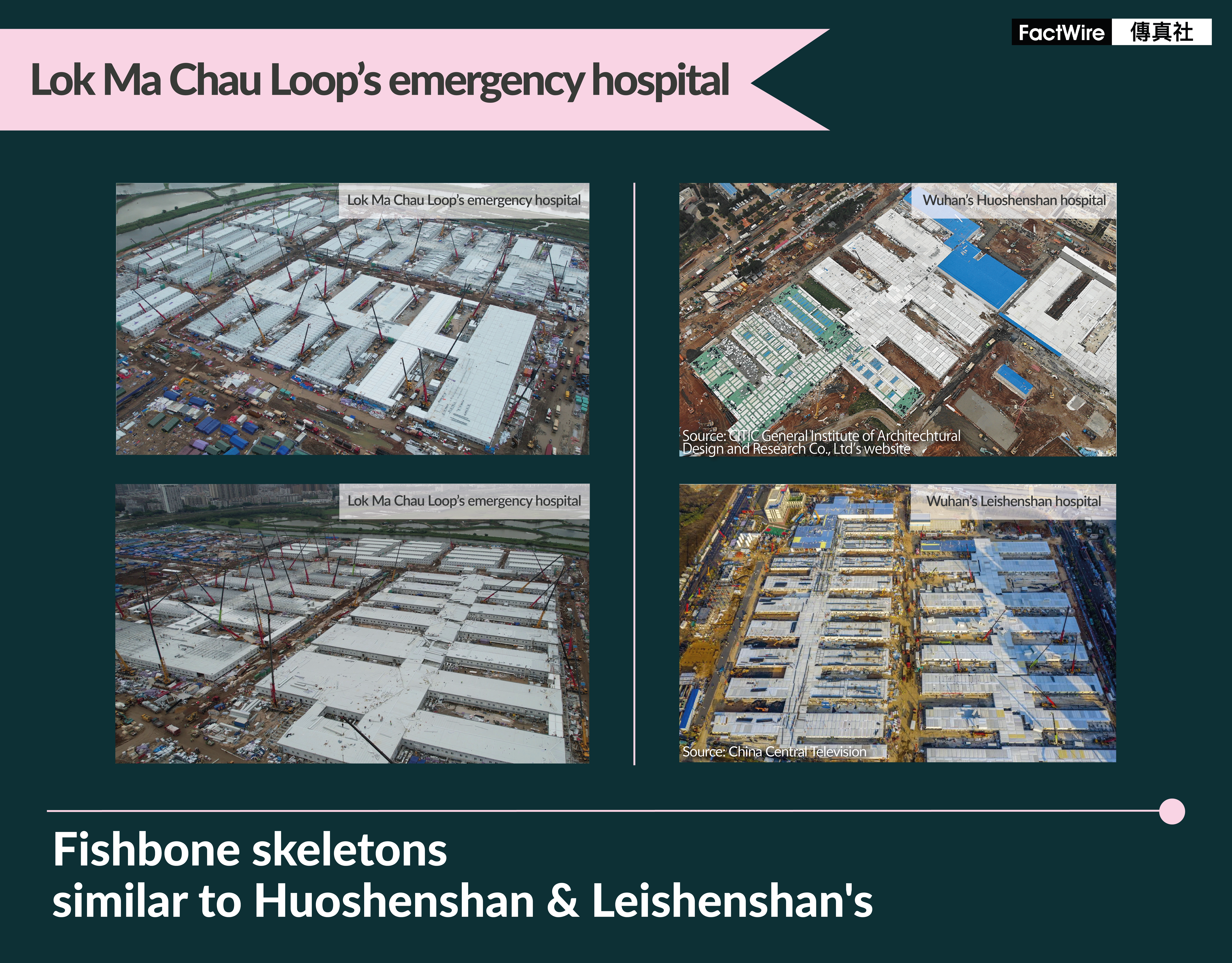
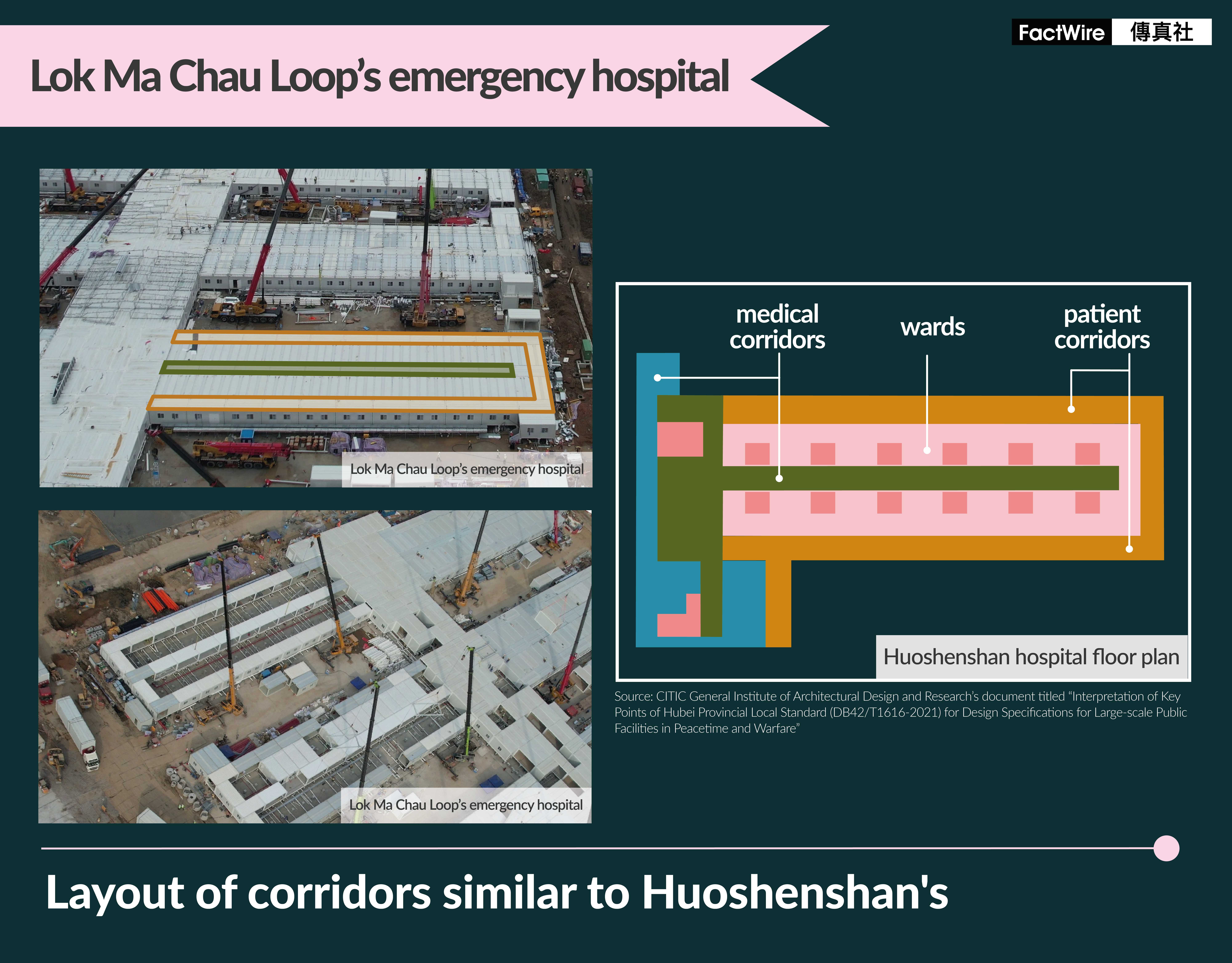
The Preliminary Guidelines for the Design of Temporary Medical Facilities for the Containment of Contagious Respiratory Diseases also contains blueprints for the wards in Huoshenshan. The blueprints show that three containers measuring six by three meters, arranged side by side, are grouped as a unit. The distal containers contain two beds each. Each container is built with a “pass-through window” for the passing of objects, materials and food, and an “observation window”. On the opposite side, double doors lead to a patient corridor. Half the space of the middle container is set aside as a buffer space for entering medical staff and contains a basin for handwashing. Single doors are situated on the left and right sides of the middle container, where the remaining half of the space functions as shared bathrooms. The central unit of the entire hospital contains a two-meter wide corridor, which leads to another unit with the same facilities and setup. The CSCEC’s website contains 3D models of sample units with the same design.
As the Lok Ma Chau Loop facility approaches completion, similarities in design and layout to the blueprints described above are becoming more apparent. Wards are formed from containers laid vertically side by side, between three rows of containers that will themselves be used as corridors. Three containers are grouped as a unit, each containing a door and two sets of windows, one large and one small, similar in shape and position to each Huoshenshan ward’s “pass-through window” and “observation window”. According to the design of Huoshenshan, the observation window will also contain vertical bars as window grills. The pass-through window, used for food and medicine delivery, will be sterilized with ultraviolet light. The side of the container facing the outer “patient corridor” will contain a door leading to the ward.
The details seen in the comprehensive floor plan and the simulation map, including the location, size, shape of doors and windows, pass-through windows, and width of passages, are similar to those of the assembled containers observed at Lok Ma Chau Loop.
The Preliminary Guidelines for the Design of Temporary Medical Facilities for the Containment of Contagious Respiratory Diseases mentioned above contains 12 chapters of blueprint information for the construction of emergency hospitals. It includes details of architectural design, site selection, along with design requirements such as interior configurations, ventilation, air conditioning, and security. In these guidelines, the number of beds in each ward cannot exceed 50, and a buffer room must be set up between the ward and the corridor. The distance between the two beds should also not be less than 1.1 meters, while the distance between the beds and the wall should not be less than 0.8 meters.
The guidelines also state that “negative pressure isolation rooms should maintain at least 12 air-flow changes each hour, contamination zones should maintain at least 6 air-flow changes each hour, clean zones should maintain at least 3 air-flow changes each hour,” and that “negative pressure isolation rooms should be ventilated with air that has been passed through coarse, medium, and sub-high efficiency filters and then a HEPA filter before circulation.” The “medical technology room” should include an operating room, an X-ray room, a computed tomography (CT) room, and a doctor’s office.
The guidelines also contain a list of security requirements. Each entrance, exit, outdoor path, waiting room, triage station, and corridor must contain closed-circuit television cameras. Each ward zone entrance, exit, corridor, quarantined and ‘clean’ area, intensive-care unit, and negative pressure room must also contain checkpoints equipped to identify any and all persons entering and leaving the immediate area.
Using Leishenshan’s two hospital blocks’ 1,500 beds as a starting point, Factwire estimates that the two blocks of the Lok Ma Chau Loop emergency hospital should be able to provide the planned 1,000 beds, but site formation works are also seen ongoing on land west of the facility.
At the Leishenshan facility, a living area for medical personnel and staff canteen were built next to the hospital in that location. While the Secretary for Food and Health Sophia Chan had said earlier that the Lok Ma Chau facility would be staffed by personnel from mainland China, she had not stated that such facilities would be built for their use. FactWire has observed that at the site, some 20 buildings have already been completed in the east of Lok Ma Chau Loop, including the aforementioned two-storey buildings that will be used as dormitories for medical personnel.
The government has yet to respond to a list of inquiries that Factwire had provided to the government, including questions of where ultimate responsibility lies for the design, planning, and upholding of design and architectural standards of the Lok Ma Chau Loop facility; how many mainland personnel are to staff the hospital, whether there will be living areas erected nearby for mainland personnel, whether it will adopt closed management, which patients will be admitted to the Lok Ma Chau Loop hospital, who will pay for the construction and the salaries of the mainland staff, and for how long the facilities will be used.
A government spokesman said only that the SAR government had announced the construction of an emergency hospital with about 1,000 beds in the Lok Ma Chau Loop, that the construction project had already begun, progressing at full speed, that it would be operated and managed with the assistance of the mainland, and that the SAR government was discussing the details with the Shenzhen Municipal Government and due to announce further arrangements at an appropriate time. Factwire sent these same inquiries to China State Construction Engineering Corporation Limited, but had received no response at the time of publication.

